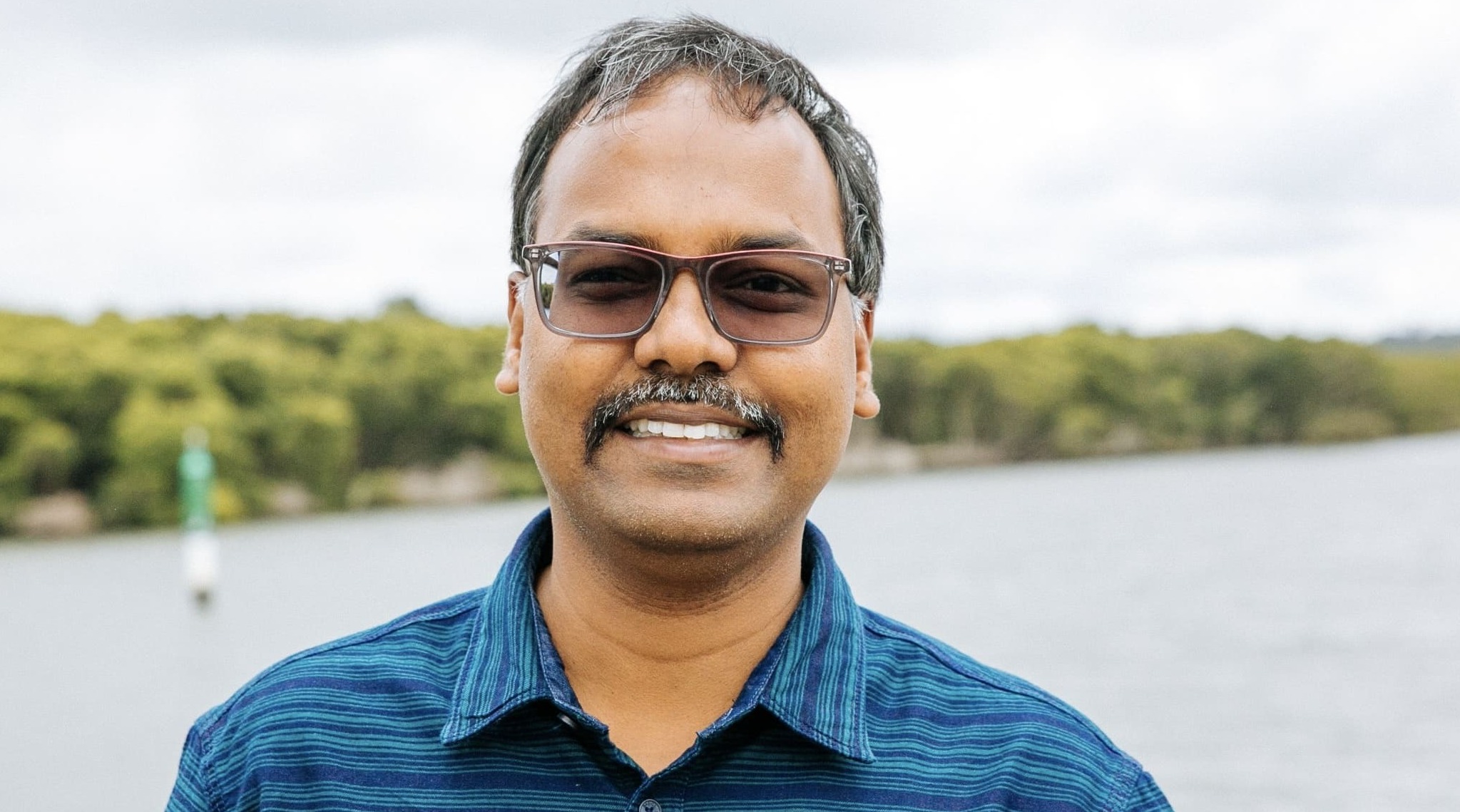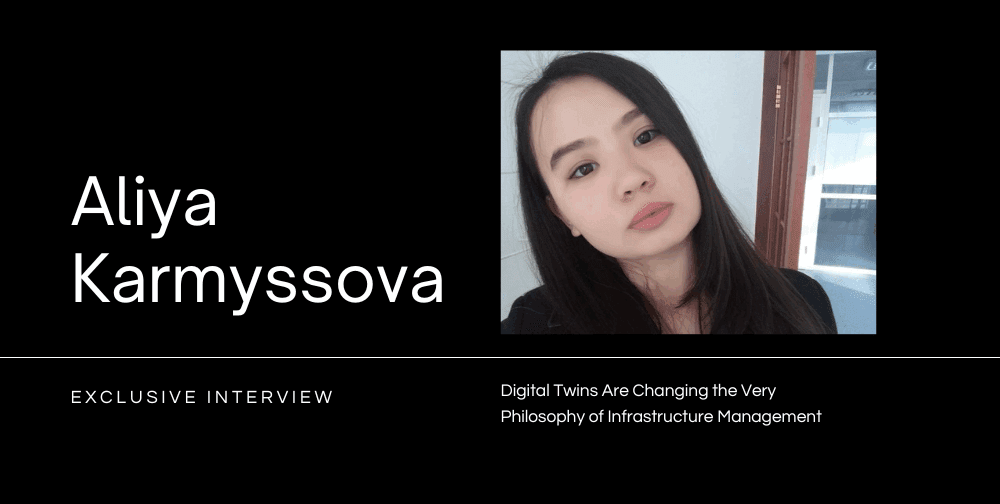Cybercriminals are leveraging increasingly advanced and sophisticated tools, but there is a way out.
According to the recent report, published by the Forum of Incident Response and Security Teams, the number of detected vulnerabilities is expected to grow 11% in comparison with the year 2024, which also indicates a whopping 470% increase compared to 2023. The vulnerabilities can vary greatly in their scope, from code logic errors that need to be fixed to zero-day exploits that present a direct threat to the security of users’ data or software stability.
Being an IEEE Member, a cybersecurity expert with vast experience, and a founder and CEO of INOVITSI consulting firm, Rajesh Kumar C G has a first-hand understanding of overcoming the challenges of modern cybersecurity. For over 18 years, he’s helped government agencies and private enterprises in Australia reimagine how security frameworks should operate in the face of increasingly sophisticated attacks.
“Many companies still depend heavily on perimeter protection and static rules,” Rajesh observes. “However, modern attacks easily bypass these barriers — whether through phishing, insider threats, or automated tactics based on advanced algorithms. Without continuous monitoring and behavioral analytics, organizations essentially remain blind to what’s happening inside their own networks.”
This blind spot became apparent to Rajesh during numerous audits of public and private sector clients. The same vulnerabilities appeared repeatedly: outdated infrastructures, fragmented logging systems, and weak correlation between network events and user behavior. “Relying exclusively on reactive tools, such as incident response teams or basic information security management systems, creates a dangerous opportunity for attackers,” he emphasizes.
What makes the situation more complex is the difficulty in integrating modern analytics platforms into old infrastructures. Without the groundwork of system modernization and security architecture redesign, advanced tools remain fragmented and fail to provide the necessary level of protection.
Moreover, while it is important to swiftly detect and fix cybersecurity vulnerabilities, false positives can present another problem. If the system produces warnings when no real threats are involved, it eventually leads to the dropping security level, as it becomes impossible to distinguish real threats from the false positives. This was the problem an institute faced, turning to Rajesh Kumar C G to adjust their security system. The solution was to implement behavioral analysis and real-time monitoring solutions. As a result, the system experienced a significant reduction in false positives and faster incident response times, which enhanced the overall efficiency of the security operations.
Rajesh’s path to developing these insights wasn’t accidental. His journey began with a strong academic background — earning a Bachelor’s degree in Electronics and Communication Engineering (2006) followed by a Master’s in Information Technology and Management from the University of Sydney (2009). Starting out as a software engineer and Siebel CRM consultant, he gradually built a multi-disciplinary expertise across enterprise applications, data integration, infrastructure, and cybersecurity.
By 2016, stepping into architectural roles, Rajesh led the design of secure, large-scale systems. As a Senior Solutions Architect in 2018, he played a key role in developing enterprise frameworks, before becoming Data Architecture Manager in 2020, where he spearheaded critical analytics transformation projects in Australian federal department.
In 2022, he founded INOVITSI with a mission to embed analytics at the core of cybersecurity strategies. This methodology proved effective in a consulting engagement where INOVITSI conducted a full audit of a complex operational environment and uncovered outdated systems lacking real-time visibility. A centralized analytics solution was implemented — aggregating data from network gateways to internal storage and enabling real-time behavioral analysis. Special emphasis was placed on regulatory compliance, with automated procedures tracking adherence to standards and triggering alerts when deviations occurred. This approach strengthened the protection of critical assets while streamlining compliance reporting and improving operational efficiency.
Alongside his leadership in architectural roles, Rajesh was involved in reviewing the 2023–2030 Australian Cyber Security Strategy, where he provided feedback based on his cybersecurity expertise and knowledge of industry standards. He also led the solution architecture for the Broker Remuneration Review — a high-impact regulatory initiative that required integrating complex datasets across financial entities. These contributions reflect his ability to influence both technical execution and policy-aligned outcomes across government-led programs. He is regularly engaged to assess project viability, identify structural risks, and recommend interventions that improve delivery confidence, particularly in programs facing tight deadlines, fragmented systems, or elevated public scrutiny. His reviews often play a critical role in helping senior stakeholders make informed decisions on project course corrections, long-term resilience, and risk posture.
Despite the trend, Rajesh doesn’t see analytics as an optional tool. Drawing from his extensive leadership experience, he developed a step-by-step methodology: begin with threat assessments, align stakeholders, modernize the infrastructure, and invest in staff training.
“The biggest mistake is treating analytics as an optional add-on rather than the foundation of a security strategy,” he explains. “It’s not just a technology — it’s a mindset shift. We help clients start by assessing risks and implementing analytics in the most vulnerable areas, then gradually scale the solutions.”
His approach and contributions to cybersecurity have been recognized globally. Rajesh, a Senior Member of IEEE, was awarded the 2025 Cases & Faces Award for Achievement in Technology Innovation in the Cybersecurity category. He has also been approved to serve as a jury member for the prestigious Globee Awards, reflecting industry recognition of his leadership and subject-matter expertise.
Looking forward, Rajesh is focusing his academic research on how intelligent systems can reshape cybersecurity — from proactive risk detection based on behavioral patterns to enhancing resilience in critical infrastructures.
“Relying on outdated defense templates is ineffective when threats constantly evolve,” he emphasizes. “Future-ready security systems must be built on proactive, analytics-driven ecosystems. As attackers use advanced algorithms to automate and personalize their tactics, defensive systems must adapt just as quickly.”
A core part of Rajesh’s leadership vision is to develop the next generation of Chief Cyber Resilience Officers (CCROs) — professionals who bridge the gap between cybersecurity operations and executive strategy. Through mentorship and thought leadership, he is shaping future leaders capable of navigating complex threat landscapes with both technical depth and organizational foresight.
In the current environment of complex digital threats, Rajesh’s belief is clear: the organizations best prepared for tomorrow are those willing to embed analytics deeply into their security DNA, ensuring long-term resilience and operational confidence.





























